Attention All Drivers: Before turning or changing lanes, make it a habit to double-check your blind spots—taking just an extra moment could save a life.
“Motorcyclists are often hard to spot due to their smaller size, and they can easily disappear in a vehicle’s blind spots,” explained Scott Schloegel, Acting President and CEO of the Motorcycle Safety Foundation. “Even though modern vehicles may have blind-spot detection systems, these technologies aren’t foolproof. That’s why we strongly encourage drivers of cars and trucks to remain vigilant for motorcyclists. Always use your eyes and mirrors to check twice, particularly when it comes to your blind spots, before making any moves on the road.”
The Motorcycle Safety Foundation has provided essential safety tips for both drivers and motorcyclists to help ensure everyone stays safe on the road.
For Drivers of Cars and Trucks:
-
Be proactive in looking for motorcyclists: They can easily be obscured by blind spots, other vehicles, or roadside obstacles like trees or signs. Make sure to scan your surroundings thoroughly before making any maneuvers.
-
Stay focused on driving: Avoid distractions like your phone, pets, or passengers while behind the wheel.
-
Use your turn signals: Signaling lets others know your intentions, helping them stay out of your blind spot or anticipate your actions.
-
Give motorcycles space: Don’t tailgate or crowd riders. Allow them enough room to maneuver and adjust to road conditions.
-
Keep your trash inside the vehicle: Avoid throwing items like cigarettes or trash out the window, and make sure all cargo is securely fastened to prevent road hazards.
For Motorcycle and Scooter Riders:
-
Enhance your visibility: Wear bright clothing and a light-colored helmet, keep your headlight on at all times, and avoid riding in other vehicles’ blind spots. Consider flashing your brake light when slowing down or stopping.
-
Ride defensively: Assume that other drivers might not see you, which will keep you more alert and aware of your surroundings. Use the Search-Evaluate-Execute (SEE) strategy to assess and respond to potential hazards before they become emergencies.
-
Wear protective gear on every ride: Equip yourself with full-face helmets, jackets, pants, gloves, and boots designed for riding, which offer abrasion resistance and additional armor for better protection.
-
Obey traffic laws: Riding legally and respectfully contributes to a safer environment for everyone. Unexpected moves can confuse others and lead to accidents.
-
Inspect your bike before riding: Perform a pre-ride check, including tires, wheels, fluids, cables, chassis, lights, and electronics. Use the T-CLOCS inspection checklist for guidance.
“According to the National Highway Traffic Administration (NHTSA), motorcycle fatalities increased by 1.2 percent in 2022, the most recent year with complete data,” Schloegel added. “Although motorcyclists represent only 3 percent of the vehicles on the road, they account for 15 percent of fatalities. It’s up to all of us to make our roadways safer.”
For more safety tips, booklets, and resources, visit the Motorcycle Safety Foundation’s website at msf-usa.org. If you’re interested in learning to ride, getting your license, or improving your riding skills, consider enrolling in a hands-on safety course. The Motorcycle Safety Foundation, the nation’s top safety resource and advocate for motorcyclists, offers courses tailored to riders of all experience levels, including the highly recommended Basic RiderCourse.
If you’re in California and near Merced, Fresno, or Visalia CSC Motorcycles recommends check out Valley Motorcycle Training. They teach you a ton of great things about riding motorcycles. The best part is that they’ll teach you on a CSC Motorcycle. If you’re nearby CSC Motorcycles we recommend looking at Arryo’s Motorcycle Training School in Walnut, CA at Mt SAC Community College. They also use CSC Motorcycles in their training classes.
View this post on Instagram
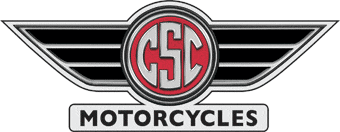


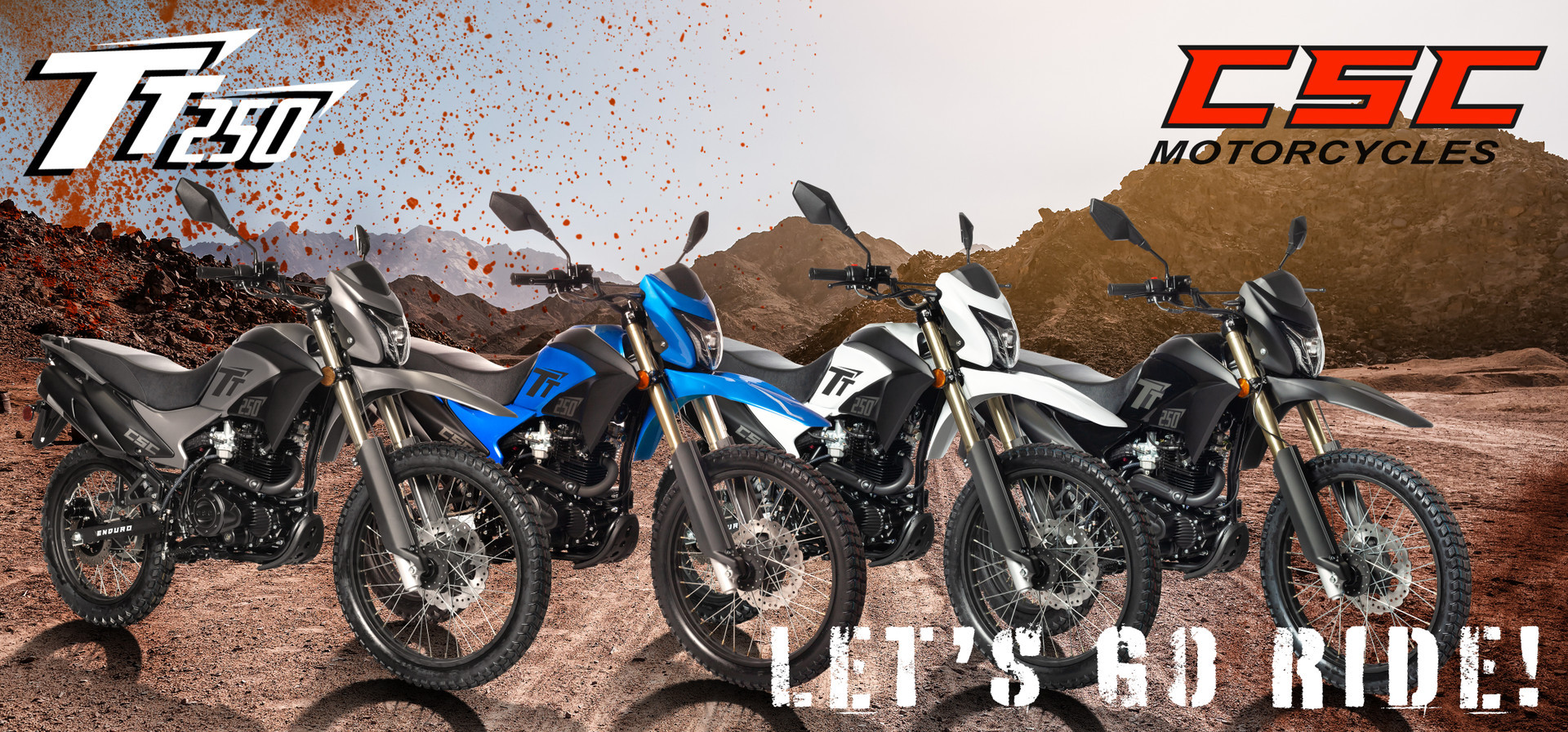
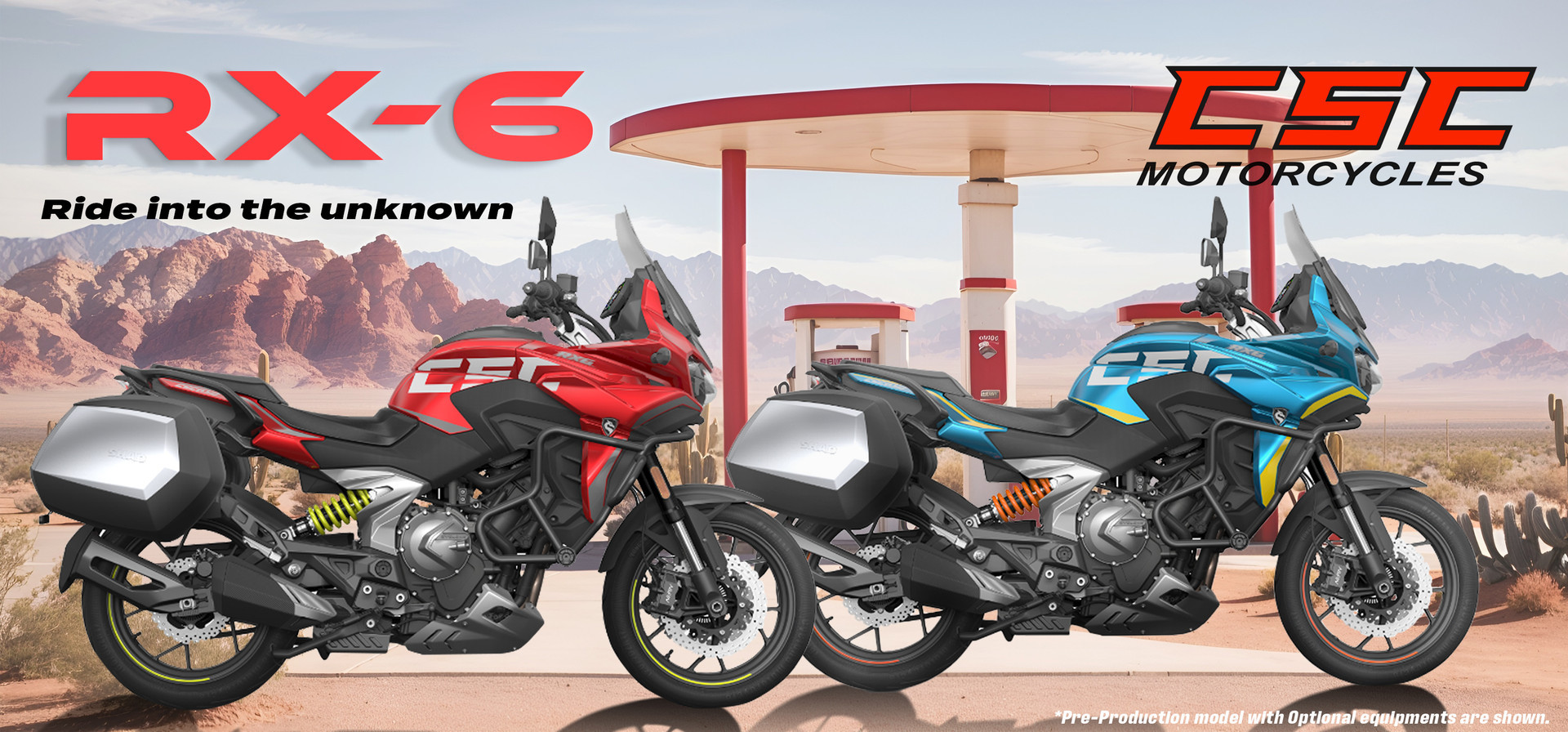
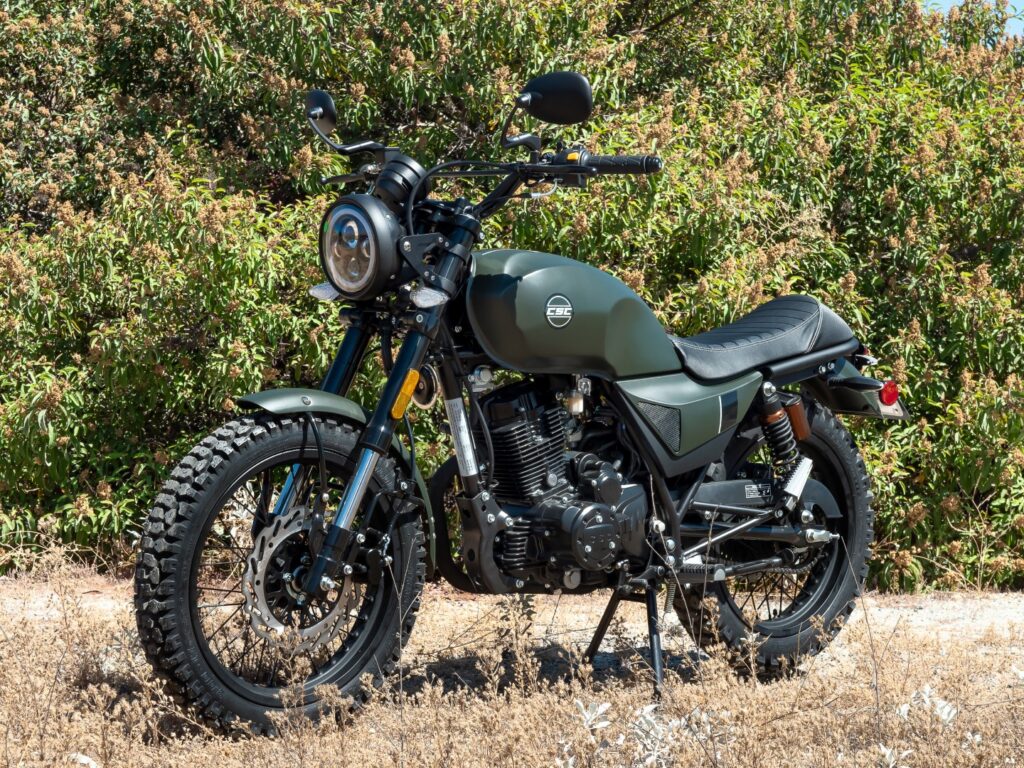
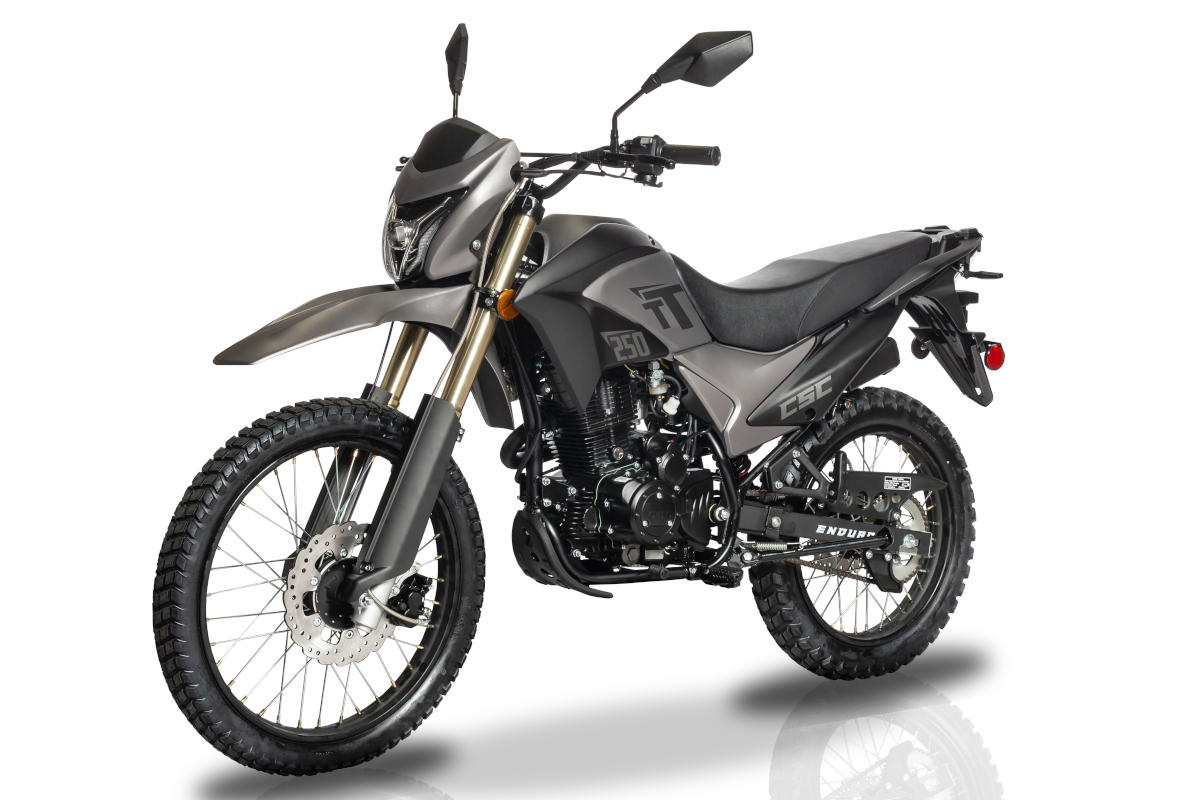 TT250 Enduro
TT250 Enduro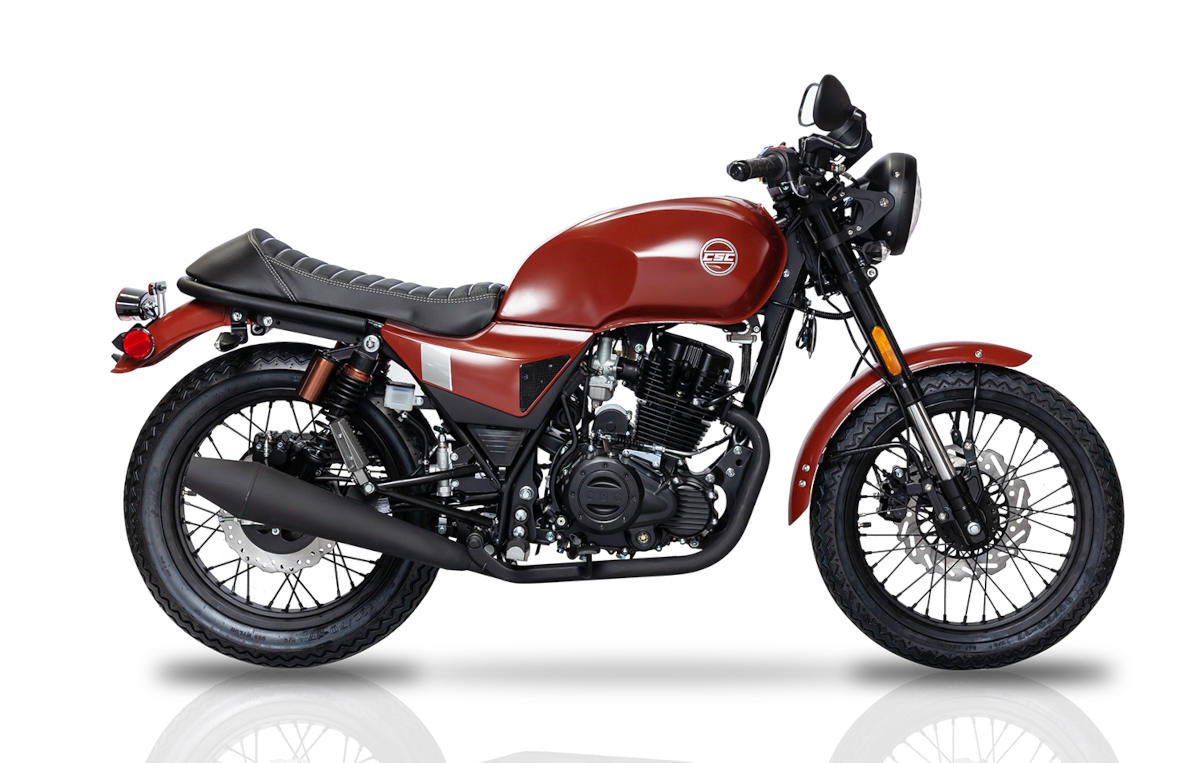 SG250 San Gabriel Cafe Racer
SG250 San Gabriel Cafe Racer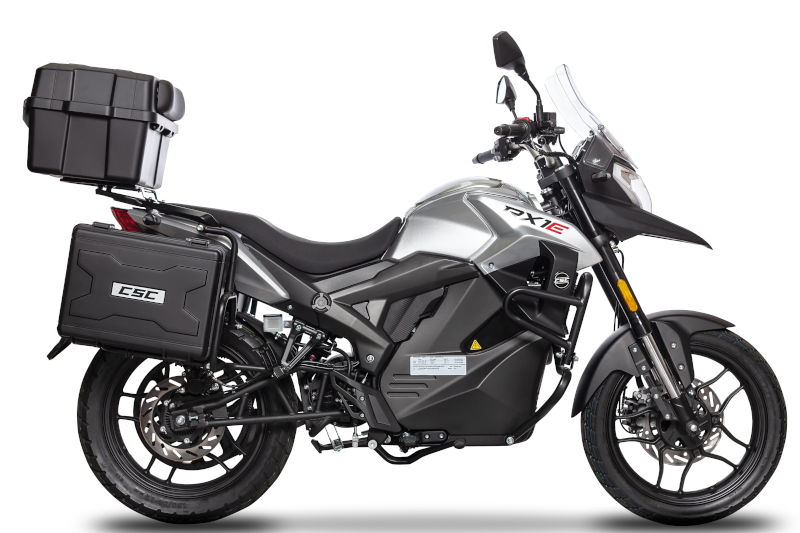 RX1E Electric Motorcycle
RX1E Electric Motorcycle